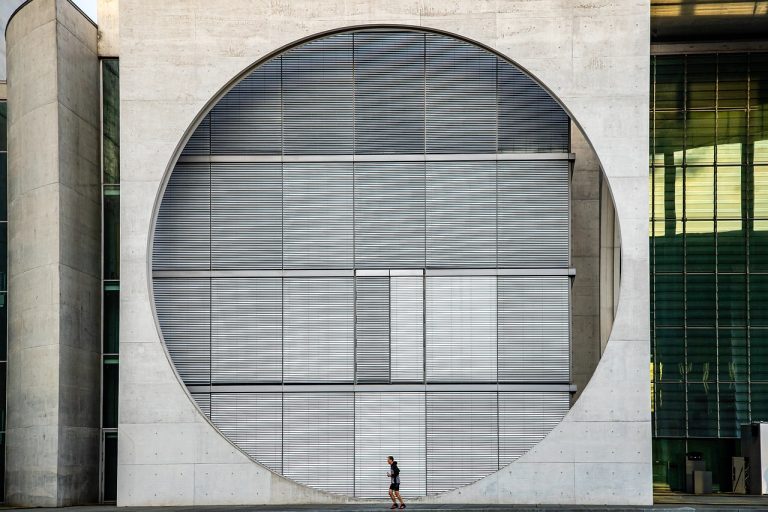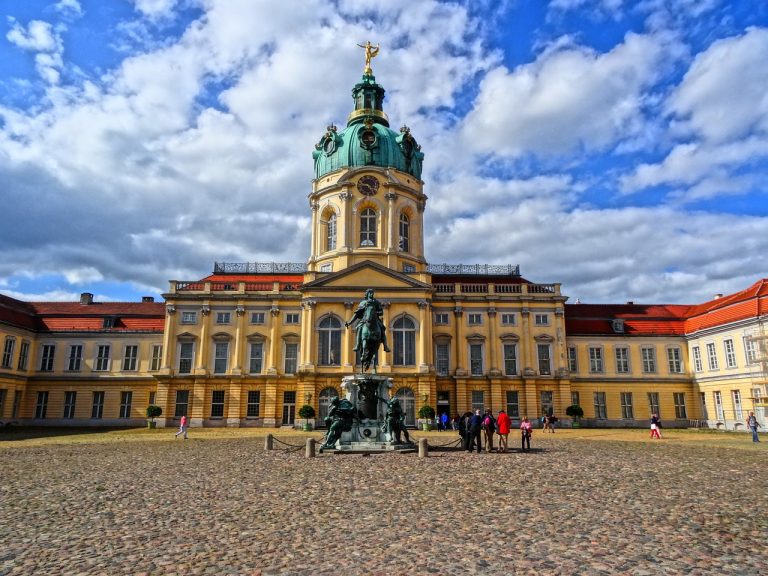Berlin Germany Video
Architectural Wonders: Iconic Buildings in Berlin, Germany
Berlin, the capital city of Germany, is renowned for its rich history and vibrant culture. The city is home to numerous architectural wonders that showcase both its past and present. From grand palaces to modern skyscrapers, Berlin offers a diverse range of iconic buildings that captivate visitors from around the world. In this article, we will explore some of the most notable architectural marvels in Berlin, delving into their history, significance, and unique features.
1. Brandenburg Gate
The Brandenburg Gate is a symbol of Berlin and a significant historical monument. This neoclassical triumphal arch was built in the late 18th century and served as a symbol of peace and unity. Standing at the entrance to Unter den Linden boulevard, the gate witnessed significant historical events, including the fall of the Berlin Wall. Today, it represents the reunification of Germany and is a popular tourist attraction.
- Pariser Platz: Pariser Platz, located in front of the Brandenburg Gate, is a vibrant square that serves as a meeting point for locals and tourists. Surrounded by impressive buildings, including the Academy of Arts and the Hotel Adlon, this square offers a picturesque view of the gate.
- Quadriga: Atop the Brandenburg Gate stands the Quadriga, a statue of the goddess Victoria riding a chariot. The Quadriga was stolen by Napoleon’s troops but was later returned to Berlin. Today, it symbolizes victory and triumph.
- Historical Significance: The Brandenburg Gate has witnessed numerous historical events, making it a significant symbol of Berlin’s history. It served as a backdrop for speeches by political leaders and has become a symbol of peace and unity.
2. Reichstag Building
The Reichstag Building is an iconic structure that houses the German parliament. It is a blend of historical architecture and modern design, with a glass dome being its most distinctive feature. The dome offers visitors a panoramic view of Berlin and symbolizes the transparency of the democratic process.
- Glass Dome: The Reichstag’s glass dome is a masterpiece of modern architecture. It allows natural light to illuminate the parliamentary chamber and provides visitors with a unique perspective of the city. The dome is accessible to the public, offering a breathtaking view of Berlin.
- Historical Significance: The Reichstag Building has witnessed significant historical events, including the burning of the Reichstag in 1933. After German reunification, it underwent extensive renovations and became the seat of the German parliament once again.
- Sustainability: The Reichstag Building is an example of sustainable architecture. It features solar panels and a sophisticated ventilation system that reduces its environmental impact.
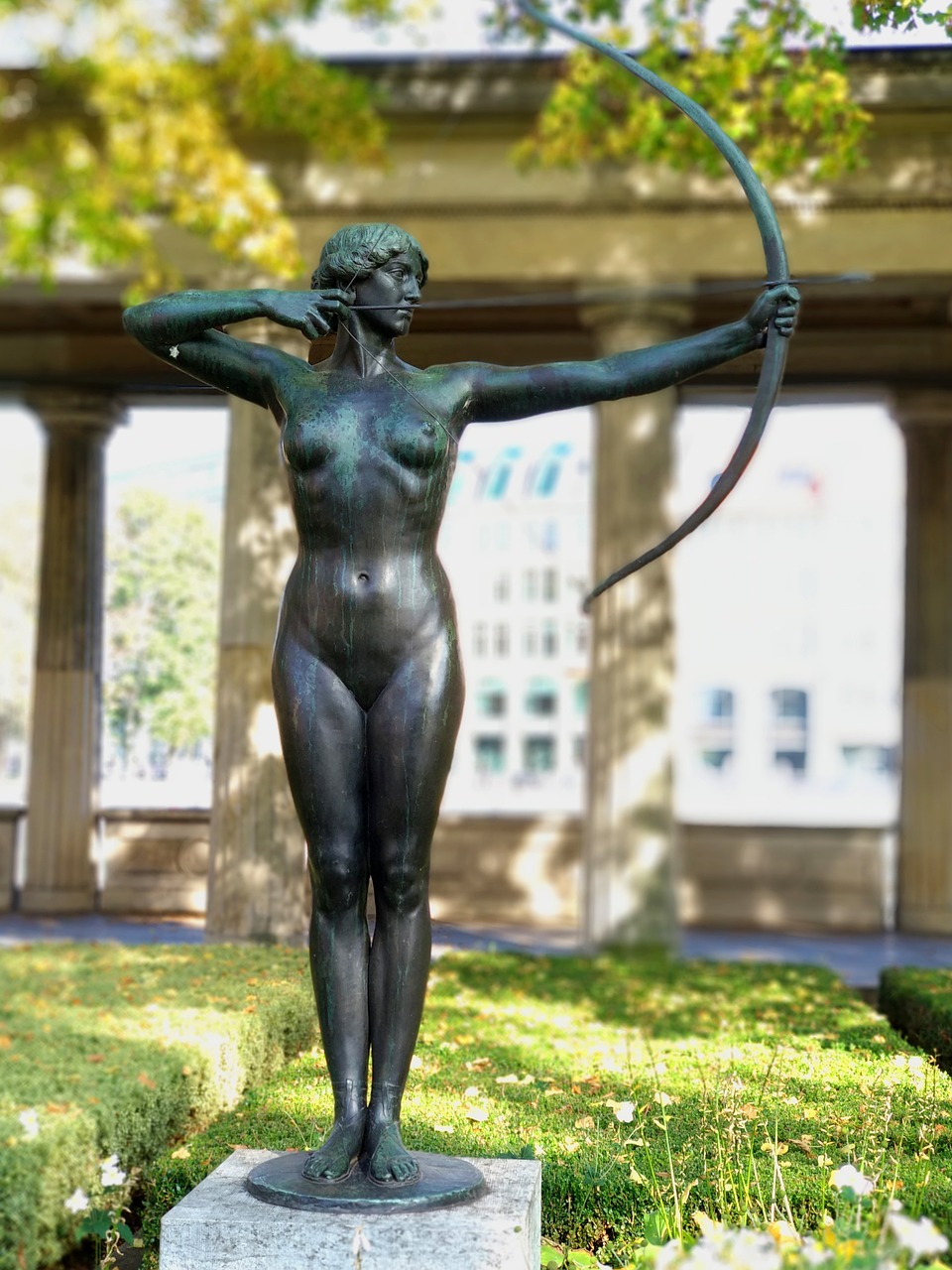
3. Berlin Cathedral
The Berlin Cathedral, also known as the Berliner Dom, is a magnificent Baroque-style church located on Museum Island. It is one of Berlin’s most prominent landmarks and serves as a center for religious and cultural events.
- Architecture: The Berlin Cathedral showcases stunning architecture, with its grand dome and intricate details. Visitors can admire the ornate interior, climb to the top of the dome for panoramic views, and explore the crypt.
- Museum Island: The Berlin Cathedral is situated on Museum Island, a UNESCO World Heritage site. This island houses several world-class museums, including the Pergamon Museum and the Neues Museum.
- Organ Concerts: The Berlin Cathedral hosts regular organ concerts, attracting music enthusiasts from around the world. The powerful sound of the cathedral’s organ adds to the spiritual ambiance of the space.
4. Berlin TV Tower
The Berlin TV Tower, or Fernsehturm Berlin, is an iconic symbol of the city’s skyline. Standing at 368 meters tall, it is the tallest structure in Germany and offers panoramic views of Berlin from its observation deck.
- Observation Deck: The Berlin TV Tower’s observation deck provides visitors with a 360-degree view of the city. On a clear day, you can see landmarks such as the Brandenburg Gate, Reichstag Building, and Berlin Cathedral.
- Restaurant Sphere: The tower’s revolving restaurant, known as Sphere, offers a unique dining experience with stunning views. Visitors can enjoy a meal while slowly rotating and taking in the breathtaking scenery.
- Lighting: The TV Tower is illuminated at night, creating a spectacular light display that adds to Berlin’s vibrant nightlife.
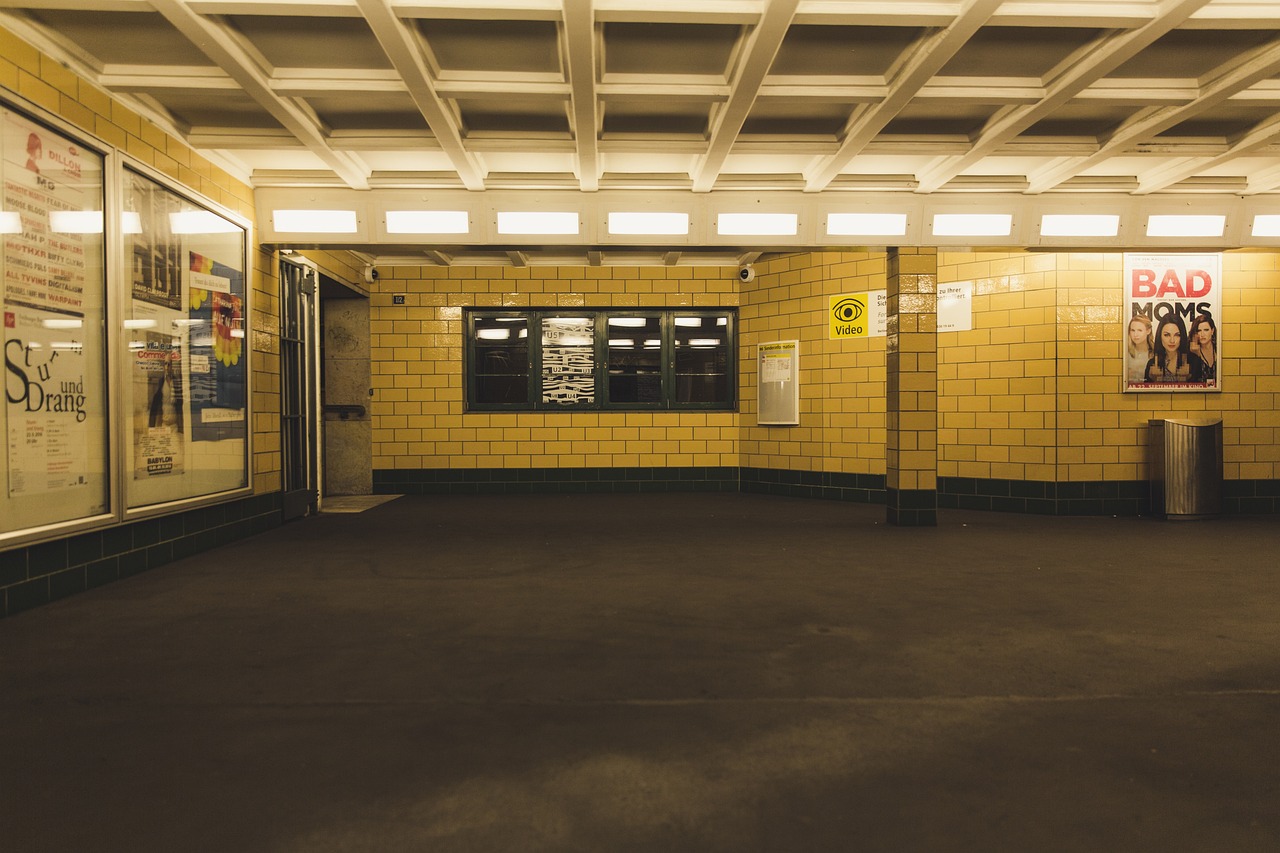
5. Potsdamer Platz
Potsdamer Platz is a bustling square in central Berlin that underwent significant redevelopment after the fall of the Berlin Wall. Today, it is a vibrant hub of entertainment, commerce, and culture.
- Shopping and Entertainment: Potsdamer Platz is home to numerous shops, restaurants, and entertainment venues. Visitors can explore the Sony Center, catch a movie at one of the cinemas, or enjoy live performances at the Theater am Potsdamer Platz.
- Historical Significance: Potsdamer Platz was divided by the Berlin Wall during the Cold War. After reunification, it became a symbol of Berlin’s transformation and is now a thriving urban center.
- Architecture: The architecture in Potsdamer Platz is a mix of modern skyscrapers and historic buildings, creating a unique juxtaposition of old and new.
6. Charlottenburg Palace
Charlottenburg Palace, located in the Charlottenburg district, is the largest palace in Berlin. It is a splendid example of Baroque and Rococo architecture and offers visitors a glimpse into the city’s royal history.
- Palace Gardens: The palace is surrounded by beautifully landscaped gardens, featuring fountains, statues, and a mausoleum. Visitors can enjoy leisurely walks and picnics in this tranquil setting.
- Palace Interior: The interior of Charlottenburg Palace is adorned with opulent decorations, including intricate stucco work, paintings, and furniture. The highlight is the stunning Great Hall, which is often used for concerts and events.
- New Wing: The New Wing, added in the 19th century, houses a collection of porcelain and silverware. It provides insights into the luxurious lifestyle of the Prussian royal family.
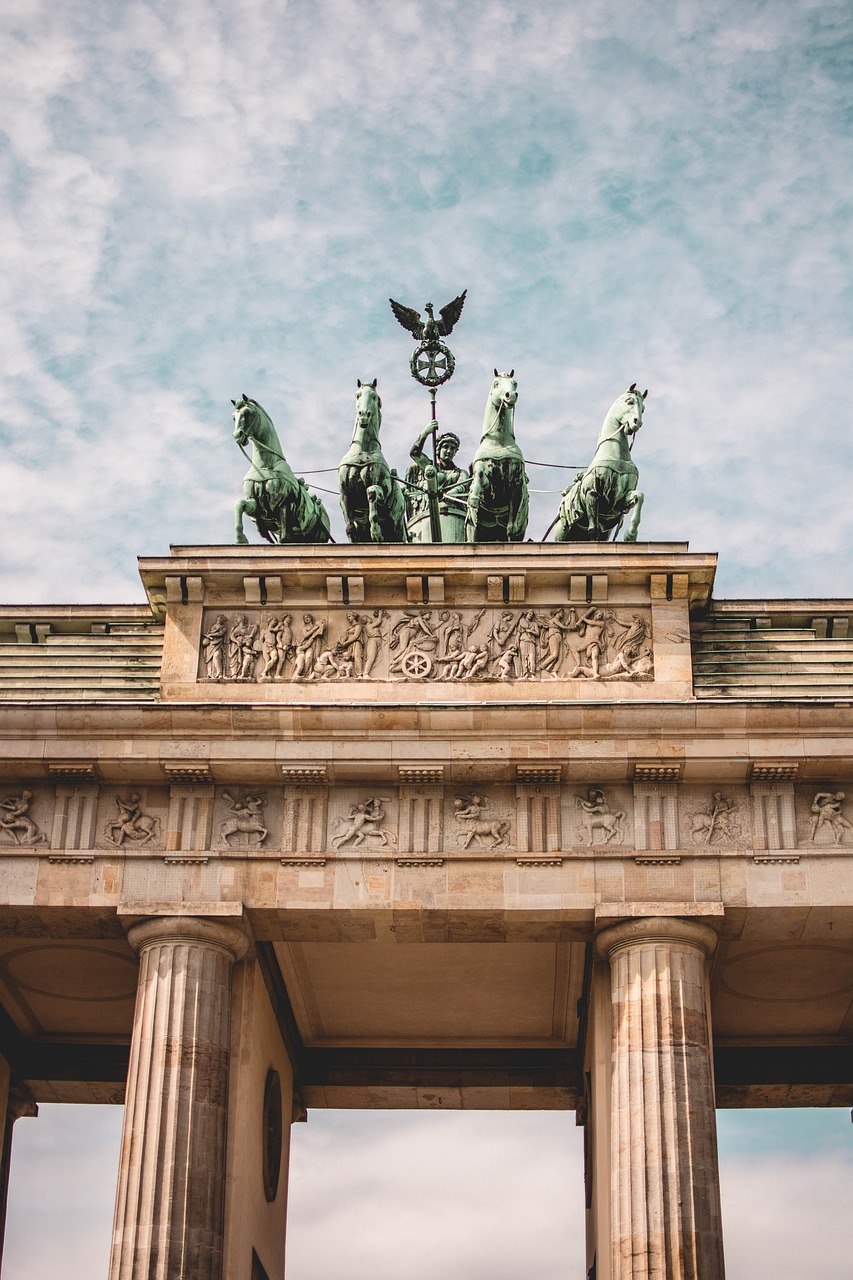
7. Jewish Museum Berlin
The Jewish Museum Berlin is a striking architectural masterpiece designed by Daniel Libeskind. It showcases the history and culture of German-Jewish heritage and serves as a memorial to the Holocaust.
- Architecture: The museum’s architecture is symbolic and emotionally charged. Its zigzag design represents the fragmentation and dislocation experienced by the Jewish people throughout history.
- Exhibitions: The Jewish Museum features a comprehensive collection of artifacts, documents, and multimedia installations that tell the story of Jewish life in Germany. It also houses a memorial to the Holocaust victims.
- Garden of Exile and Emigration: The museum’s outdoor space includes the Garden of Exile and Emigration, which consists of tilted concrete pillars. It evokes a sense of disorientation and reflects the experiences of Jewish emigrants.
8. Berlin Wall Memorial
The Berlin Wall Memorial is a poignant reminder of Germany’s divided past. It preserves a section of the wall and offers insights into the hardships faced by those living in East Germany during the Cold War.
- Documentation Center: The memorial features a Documentation Center that provides historical context and personal stories related to the Berlin Wall. It offers a deeper understanding of the division and its impact on people’s lives.
- Remains of the Wall: Visitors can see a preserved section of the Berlin Wall, complete with original graffiti. This serves as a powerful symbol of the struggle for freedom and the reunification of Germany.
- Chapel of Reconciliation: The Chapel of Reconciliation, located within the memorial site, is a place for reflection and remembrance. It stands on the former “death strip” and serves as a symbol of peace and reconciliation.
9. Berlin Philharmonic
The Berlin Philharmonic is one of the world’s leading orchestras and is housed in a distinctive concert hall designed by Hans Scharoun. It is renowned for its exceptional acoustics and innovative performances.
- Concert Hall: The concert hall’s design is characterized by its tent-like shape and the absence of a traditional stage. This layout ensures that every seat offers excellent views and optimal sound quality.
- Orchestra: The Berlin Philharmonic is composed of world-class musicians who deliver exceptional performances under the direction of renowned conductors. It is known for its repertoire that spans classical masterpieces to contemporary compositions.
- Education and Outreach: The Berlin Philharmonic is committed to music education and offers a range of programs for children, students, and music enthusiasts of all ages. It aims to foster a love for classical music and make it accessible to a wider audience.
10. Tempelhof Airport
Tempelhof Airport, now known as Tempelhofer Feld, is a historic airport turned public park. It played a significant role during World War II and the Cold War and has now become a recreational space for Berliners and visitors alike.
- Historical Significance: Tempelhof Airport was an important hub for military and civilian air travel. It served as an iconic symbol during the Berlin Airlift, when supplies were flown in to support West Berlin during the Soviet blockade.
- Park and Recreation: Tempelhofer Feld offers vast open spaces for outdoor activities such as cycling, picnicking, and kite flying. The runways provide ample room for jogging and skating.
- Community Gardens: The former airport features community gardens where locals can grow their own produce. These gardens promote sustainability and community engagement.
Conclusion
Berlin, Germany, is a city that seamlessly blends its rich history with modern architecture. The iconic buildings mentioned above represent the city’s diverse cultural heritage and serve as reminders of its tumultuous past. From the Brandenburg Gate to the Tempelhof Airport, each architectural wonder contributes to the unique character and allure of Berlin. Exploring these landmarks allows visitors to appreciate the city’s architectural prowess and gain a deeper understanding of its complex history.
References
- brandenburg-gate.de
- bundestag.de
- berlinerdom.de
- tv-turm.de
- potsdamer-platz.de
- spsg.de
- jmberlin.de
- berliner-mauer-gedenkstaette.de
- berliner-philharmoniker.de
- tempelhofer-feld.de


